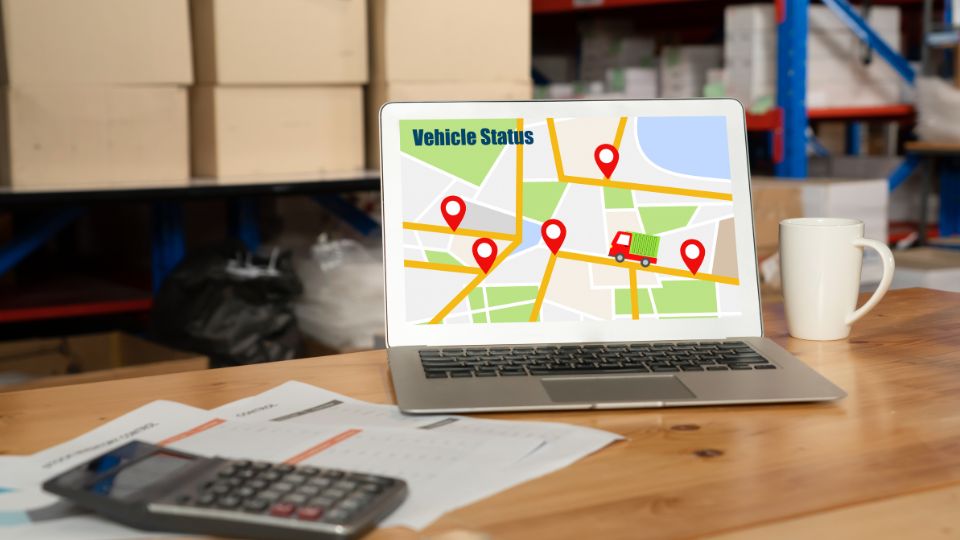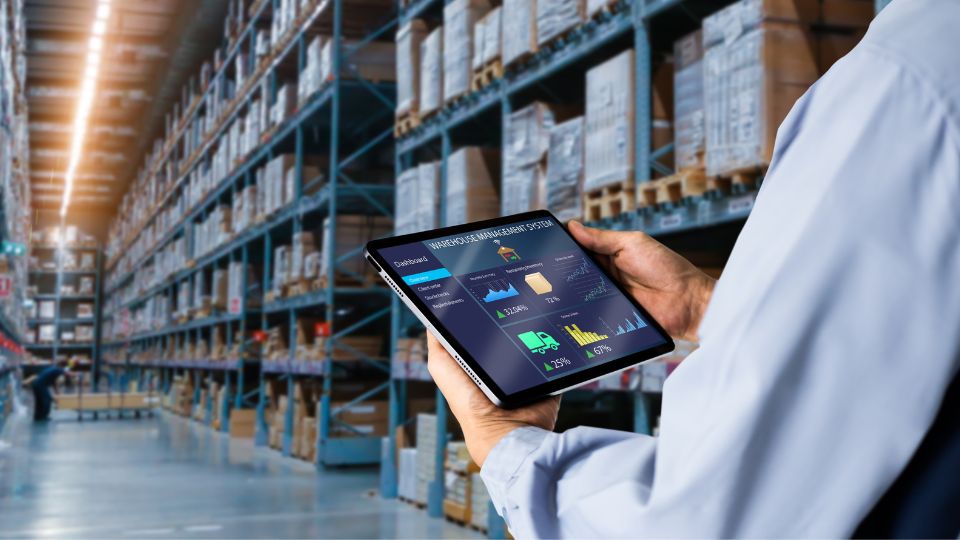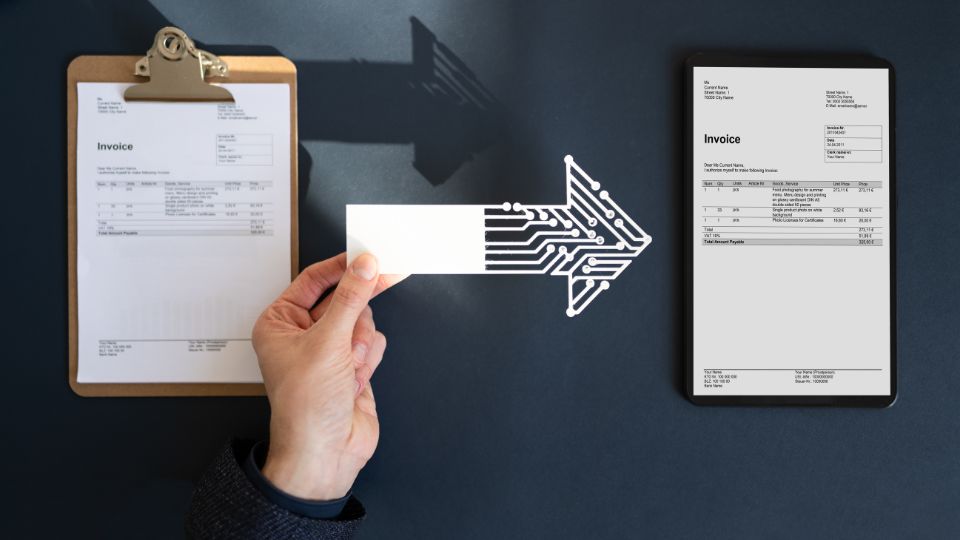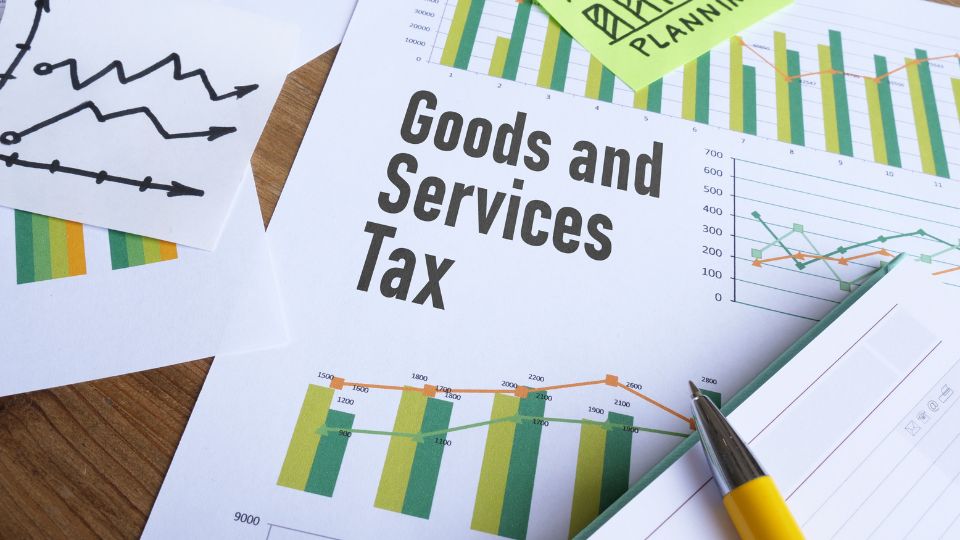Have you ever wondered how top companies effortlessly manage thousands of shipments effortlessly? How do they plan shipping routes and keep their customers informed at all times?
This is where Transportation Management Software (TMS) comes into play.
Did you know? The global TMS market is expected to reach $27.48 billion by 2028. It’s growing at a CAGR of 14.3% from 2021. These numbers show just how important TMS is for optimizing transportation networks.
In this article, we’ll explore everything you need to know about TMS software. We’ll also analyze what makes it an important tool for modern freight forwarding businesses.
What is TMS Software?

TMS software is a digital solution that helps businesses plan, execute, and optimize the transportation of goods. It acts as a centralized platform to manage logistics operations.
This transportation management system allows you to select the best routes for your shipments. It also provides live updates on delivery status.
Modern TMS solutions use advanced algorithms and real-time data to make these tasks easier.
It can also reduce transportation costs and improve delivery times.
These distinct features make it an essential tool for modern logistics services. Let’s understand these key features in detail.
Core Features of TMS Software

Here are some of its distinct features:
1. Route Optimization
The core functionality of any TMS solution is optimizing delivery routes. It uses advanced algorithms to analyze factors like fuel costs, availability of drivers, and delivery timeline. This determines the most efficient routes for moving goods.
Take the example of Al Khayyat Investments (the AKI Group), based in Dubai. The company transformed its in-house transport operation by using Paragon’s routing and scheduling software.
This led to a 164% increase in average deliveries per vehicle.
As a result, they reduced the average cost per delivery by 65% and cut their fleet size by 38%.
This efficiency in routing naturally connects to another important aspect of transportation management, i.e., load planning.
2. Load Planning
Load planning is the process of figuring out the best way to load goods onto vehicles or containers for transportation. A TMS solution automates the load planning process. It also provides real-time data, helping you make better and quicker decisions.
Effective load planning makes full use of cargo resources resulting in reduced transportation costs.
Once your goods are loaded onto vehicles and ready to move, tracking becomes the next crucial step.
3. Shipment Tracking
The transportation management software provides real-time visibility of your shipment. It uses GPS tracking to show the exact location of your shipment.
IoT sensors also play a key role in monitoring shipments. These sensors track important conditions like temperature, humidity, and shock. This helps ensure your goods are in the right environment throughout the journey.
The advanced GPS trackers provide accurate data within 3 meters and update locations every 30 seconds.
This feature allows freight forwarders to predict potential delays, suggest alternative routes, and keep all stakeholders informed throughout the delivery process.
4. Freight Auditing and Payment
Freight auditing and payment are great tools for managing shipping costs.
The process involves checking freight bills to detect mistakes, like duplicate invoices or wrong charges. It’s all about making sure you’re not paying more than you should and matches the agreed terms.
After verification, the payment process ensures accurate and on-time payments to carriers.
TMS solutions simplify and automate this time-consuming task, saving logistics companies millions in overpayment annually.
This financial accuracy directly contributes to enhanced reporting capabilities.
5. Reporting and Analytics
TMS analytics provide valuable insights and help freight forwarders track Key Performance Indicators (KPIs), and identify emerging trends.
Moreover, analytics help predict demand, optimize delivery schedules, and enhance overall supply chain management.
As a result, TMS platforms improve operational efficiency and allow businesses to stay competitive.
Now let’s explore the various types of TMS solutions available in the market today.
Types of TMS Software

When considering a TMS for your logistics, it’s important to understand the various types of digital transportation solutions designed to meet different business needs.
Here are some of the most common types:
1. On-premises vs. Cloud-based TMS
On-premise TMS are systems installed and run on a company’s servers, whereas cloud-based TMS solutions are hosted online or accessed remotely.
Here are the distinct features of both solutions.
| Features | On-premise TMS | Cloud-based TMS |
| Implementation | Requires set up and installation on internal servers. | The provider hosts the system and you access it over the internet. |
| Costs | High initial costs for installation and maintenance. | Lower initial cost with subscription-based pricing. |
| Scalability | Requires significant infrastructure investment. | Easily scalable to accommodate growth without additional costs. |
| Data Control or security | Offers full control of the data as it is stored on company servers. | The provider manages the security and data storage remotely. |
| Maintenance | The in-house IT team manages updates and infrastructure support. | The provider handles automatic updates and maintenance. |
| Customization | You can customize it to meet your needs. | Limited customization options compared to on-premise. |
2. Subscription vs. Licensing Models
Subscription-based TMS models are the most common type of cloud solutions. In this model, businesses pay a regular fee, usually per month or annually.
While licensing TMS models, businesses pay a one-time fee to purchase the software.
Here is a comparison table representing the distinct features of both solutions.
| Features | Subscription Model | Licensing Model |
| Payment Structure | You need to pay a recurring fee, either monthly or annually, to use the platform. | One-time fee for purchasing the software or its license. |
| Flexible cost | Lower initial cost with ongoing payments. | Higher cost due to one-time payment. |
| Updates and Upgrades | Automatic updates and upgrades are included in the subscription. | Not included and often require additional fees. |
| Customization | Offers limited customization depending on the provider. | Offers more flexible customization. |
| Ownership | You are using the system on rent. | You own the license but have to pay for future use. |
Beyond installation and pricing, industry specialization plays a crucial role.
3. Industry-specific TMS Solutions
Different industries have their own unique transportation needs. That’s why industry-specific TMS solutions are created.
These solutions are designed to fit the needs of sectors like retail, manufacturing, and pharmaceuticals.
For example, in the retail sector, TMS focuses on handling a high volume of shipments. It also deals with seasonal fluctuations and ensures timely deliveries, which helps improve customer satisfaction.
Let’s explore how TMS software operates.
How Transportation Management Software (TMS) Works?

TMS platforms act as a central hub, connecting with various systems like Enterprise Resource Planning (ERP), Warehouse Management Systems(WMS), and carrier networks.
It all starts by integrating TMS with your existing solutions to collect order details from customers or suppliers. This includes tracking orders and gathering shipment info like destination, volume, and size.
Next, it’s time to select the best carrier for your shipments. TMS automatically scans for the most cost-effective options. It selects a carrier by considering factors like delivery times, costs, and performance.
Once a carrier is selected, the system follows a set workflow: route optimization, load planning, tracking shipments in real-time, freight auditing, and payment processing.
After payments are settled, TMS offers valuable insights and reports to help you spot changing trends, manage costs, and improve your logistics strategy.
TMS basically manages your logistics, from loading goods to saving time, and cutting costs, ensuring that everything runs smoothly.
Challenges in Implementing TMS Software

TMS software can bring numerous advantages to your business. However, implementing it comes with its own unique set of challenges. Let us explore the major ones.
1. Potential Integration Issues
When implementing the new TMS software, integration with your existing system can be daunting. It often seems like you’re trying to solve a complex puzzle.
The new system needs to work seamlessly with different software that your team still uses.
With the right planning and support from your TMS software provider, you can overcome this challenge.
Proactively involve your IT team and select software that can easily integrate with your current tools to avoid complications and minimize the waste of valuable resources.
2. Change Management and User Adoption
Change management refers to managing how your team reacts and adapts to new systems, technologies, or structures. It is the process where you prepare, support, and help your team to transition from their current state to a new way of working.
If your team is not ready to accept the new system or is hesitant, it can lead to frustrations and delays.
Educate your team on how to use the system and how it can benefit your business.
In fact many logistics companies often start with a small pilot project that ultimately leads to a broader implementation of gradual steps. This allows your team to adapt to the new system with much less stress without disrupting daily operations.
3. Initial Costs and ROI Considerations
Adopting TMS software can seem like a big investment, especially for small freight companies.
In the long run, these improvements lead to cost savings, making the return on investment (ROI) well worth it.
Additionally, the long-term benefits, like better customer satisfaction and more accurate reporting, are worth considering.
Conclusion
TMS software has evolved into an invaluable asset for freight forwarding businesses. It has become an essential digital tool for achieving growth and efficiency.
The dynamic market demands and technological advancements continue to reshape the freight industry.
The power of TMS is reflected in its capacity to enhance shipment visibility and customer services in the long run.
Companies that have adopted TMS are already seeing measurable improvements.
Businesses must adopt TMS solutions to stay competitive. They are essential for meeting modern logistics demands.
Ready to take your transportation operations to the next level?
Discover how seamless logistics can transform your operations.


Frequently Asked Questions
1. What is the primary purpose of TMS software?
The main purpose of any TMS solution is to help businesses plan, execute, and optimize transportation operations. It also allows you to take control of your shipping costs, and improve operational efficiency across the supply chain.
2. How does TMS improve supply chain efficiency?
TMS boosts supply chain efficiency in different ways:
- It manages shipping activities efficiently through route optimization, load planning, and real-time tracking.
- By automating daily tasks, it reduces errors and speeds up operations.
- With real-time tracking, it helps monitor your shipments and quickly resolve any unexpected delays.
- Additionally, it improves collaboration and communication between suppliers, shippers, and carriers.
3. Can TMS software integrate with existing systems?
Yes, TMS platforms are designed to integrate with various business systems including Customer Relationship Management (CRM), Enterprise Resource Planning (ERP), Warehouse Management Systems (WMS), and accounting software.
However, successful integration requires careful planning and expert implementation support.
4. Who uses TMS software?
TMS software is used across various industries, including manufacturers, retailers, distributors, and third-party logistics (3PL) providers.
Additionally, shippers with international operations and e-commerce companies also use TMS. This digital solution helps in managing cross-border shipments, tracking deliveries, and complying with international regulations.







